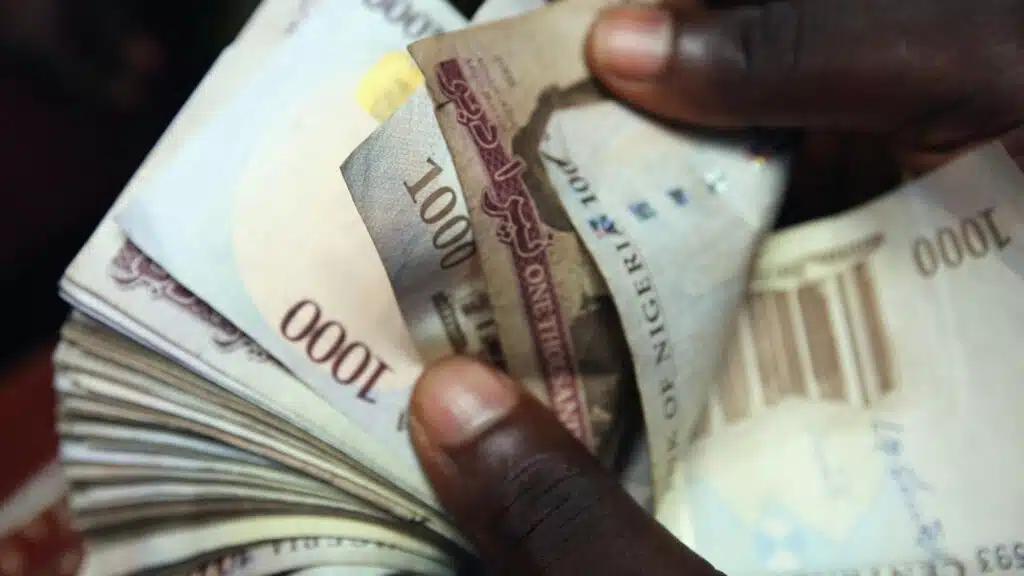|
Getting your Trinity Audio player ready...
|
Bed Bath & Beyond, the struggling home goods retailer, has officially filed for Chapter 11 bankruptcy protection after facing mounting financial challenges. Despite making several last-ditch efforts to raise funds and turn the business around, the company has been unable to avoid this significant step.
This article examines the events leading up to the bankruptcy filing, the implications for the company, and the lessons it holds for business leaders.
The Downward Spiral: A Fight to Stay Afloat
Bed Bath & Beyond has been on a precarious path for months, with early warnings of potential bankruptcy issued as far back as January.
Despite initial hopes of raising substantial capital through stock offerings, the company faced repeated setbacks. The anticipated infusion of over $1 billion in equity from a stock offering in February fell short, bringing in only $360 million.
In a last attempt to secure funds, Bed Bath & Beyond announced another stock offering at the end of March, to raise $300 million. However, this news had an adverse effect, causing the share price to plummet and creating challenges in raising the intended funds.
By April 10, the company had managed to sell around 100.1 million shares, yielding a disappointing result of just $48.5 million in capital raised.
The company struggled to meet its fundraising goals and encountered difficulties in maintaining relationships with vendors, leading to low inventory levels and liquidity issues.
As the holiday season approached, Bed Bath & Beyond faced mounting challenges in keeping its shelves stocked. Vendors began requesting prepayments due to the company's liquidity issues, exacerbating the strain on its financial position.
Preliminary results for the fiscal fourth quarter indicated significant declines in net sales, with comparable store sales plummeting by 40% to 50%.
Leadership Shuffles and Failed Plans
Throughout its struggles, Bed Bath & Beyond made various attempts to stabilize its operations and regain financial footing. The company enlisted the help of liquidator Hilco Global to increase inventory levels and mitigate strained relationships with vendors. However, these measures ultimately proved ineffective in reversing the downward trajectory.
Despite implementing leadership changes and bringing in experienced restructuring professionals, such as Holly Etlin as the chief financial officer and chief restructuring officer, the challenges persisted. The company's cash reserves dwindled, and its market value plummeted to a mere fraction of its previous worth.

Related investing news
In related investing news, while Bed Bath & Beyond embarks on the process of closing its business and liquidating assets, its 360 namesake stores and 120 Buybuy Baby locations will remain operational for the time being.
However, the company has filed motions in New Jersey bankruptcy court seeking permission to auction off these two brands, as stated in an official release. Also, it has already committed to closing all of its Harmon FaceValue stores.

According to court filings from late November, Bed Bath & Beyond had approximately $4.4 billion in assets and $5.2 billion in debts. Among its extensive list of creditors, which includes notable names like Pinterest, Keurig, and Blue Yonder, the company owes the largest amount, totalling $1.18 billion, to BNY Mellon, as revealed in the documents. With a total of 25,001 to 50,000 creditors, the company employs around 14,000 non-seasonal workers, as stated in court filings.
CEO Sue Gove expressed gratitude for the trust placed in Bed Bath & Beyond by millions of customers who have relied on the brand for significant milestones in their lives, such as going to college, getting married, setting up a new home, and welcoming a baby.
Gove highlighted the dedication and purpose with which their teams have worked to support and strengthen the cherished banners of Bed Bath & Beyond and Buybuy BABY, emphasizing their commitment to customer programs and obligations to vendors.
To facilitate its operations throughout the bankruptcy process, Bed Bath & Beyond has secured a debtor-in-possession financing of $240 million from Sixth Street. This financial support ensures the company has the necessary cash flow to sustain its day-to-day operations.
Bed Bath & Beyond remains committed to paying its employees wages and benefits, maintaining customer programs, and honouring its obligations to vendors during this challenging period.
Lessons for Business Leaders
Bed Bath & Beyond's bankruptcy filing serves as a stark reminder of the importance of addressing financial difficulties proactively and adapting to evolving market dynamics. Business leaders can draw valuable insights from this situation:
- Swift and Strategic Action: When faced with financial challenges, swift action and strategic decision-making are crucial. Identifying potential risks early and implementing appropriate measures can help prevent a downward spiral.
- Agility in Adapting Business Models: The retail landscape is continuously evolving, and businesses must be agile in adapting their models to meet changing consumer demands. Stagnation and resistance to change can lead to severe consequences.
- Maintaining Strong Vendor Relationships: Maintaining healthy and collaborative relationships with vendors is vital for operational stability. A strained relationship can exacerbate liquidity issues and disrupt supply chains, leading to further financial strain.
- Financial Resilience and Cash Management: Building and maintaining healthy cash reserves is essential for weathering unexpected challenges. Businesses should prioritize sound financial management practices and explore contingency plans to navigate uncertainties.
Conclusion
Bed Bath & Beyond's bankruptcy filing serves as a cautionary tale for business leaders. It highlights the need for vigilance, adaptability, and proactive decision-making in an ever-changing business landscape.
By learning from the challenges faced by Bed Bath & Beyond, leaders can better position their organizations for long-term success and mitigate the risk of facing a similar fate.







